20 Airplane Facts for Kids in 2024 (Fun & Interesting Facts)
Airplanes need no introduction. Everyone fancies flying around in the mysterious and magical flying vehicle. And, for a technology invented barely more than 100 years ago, airplanes have gotten quite popular. This is mostly due to the planes satisfying one’s inner curiosity and desire to fly and see the world from a bird’s view.
Also Read: Car Facts For Kids
We’ve gotten to a point where traveling with planes is considered a fast and safe option for transportation. This is a huge achievement for technology this young. And it surely didn’t come with ease. The genius engineering and astonishing history of airplanes prove it perfectly. To let you genuinely appreciate its science and art, here are a few facts about airplanes.
But before we begin, we need to get a few things clear about airplanes.
Basics of and airplane:
What is an airplane?
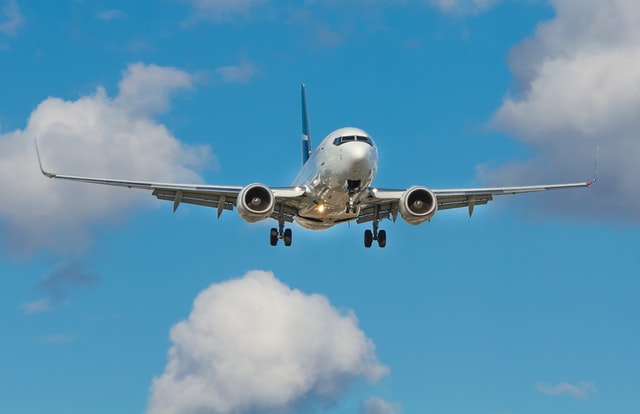
It is a fixed wing aircraft flying vehicle and a few propellers that help it travel through the air at the very base.
History of airplanes

Historically humans almost always wanted to be able to ride a flying vehicle. You find the mention of “Vimana” in ancient Indian literature. Lionardo Da Vinci also built a prototype of a flying machine. Many cultural texts in the past have identified or fantasized about the idea of a flying vehicle that we now call an airplane.
Types of airplanes
From passenger airplane, jumbo jets, private jets, and military jets, there are numerous types of airplanes depending on the use case. Commercial airplanes dominate the sky and are usually the ones you see soaring above you.
How do airplanes fly
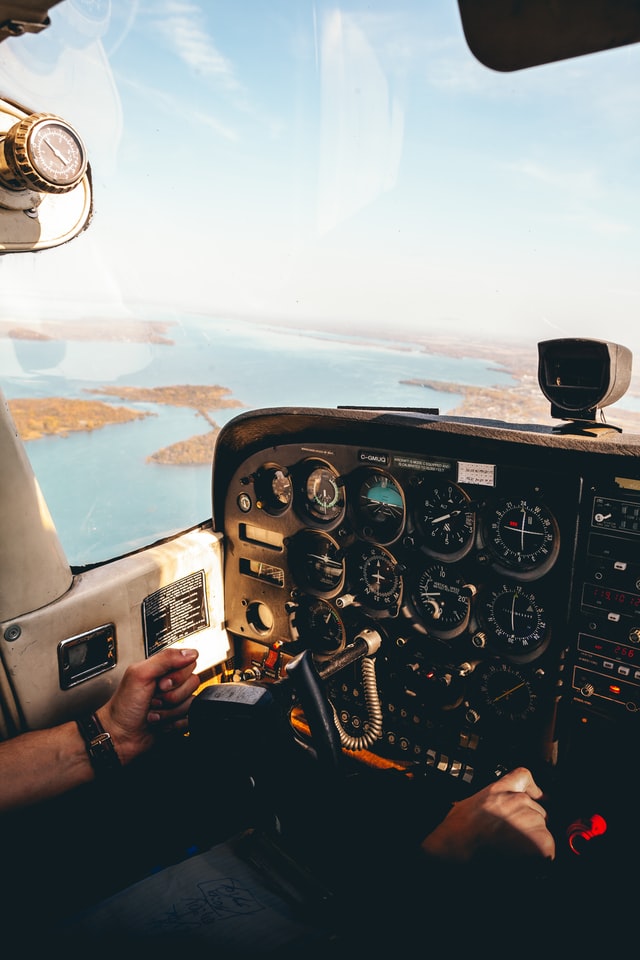
The intricate engineering of modern airplanes doesn’t allow a two-line explanation. But to give you a basic idea, there are two types of airplanes, propeller-driven and jet engine planes. Propeller-driven planes use engines and propellers to get the boost required to stay in the air. Whereas jet engine planes involve a rocket-like mechanism to travel plane forward through the air.
What to do and not do on an airplane
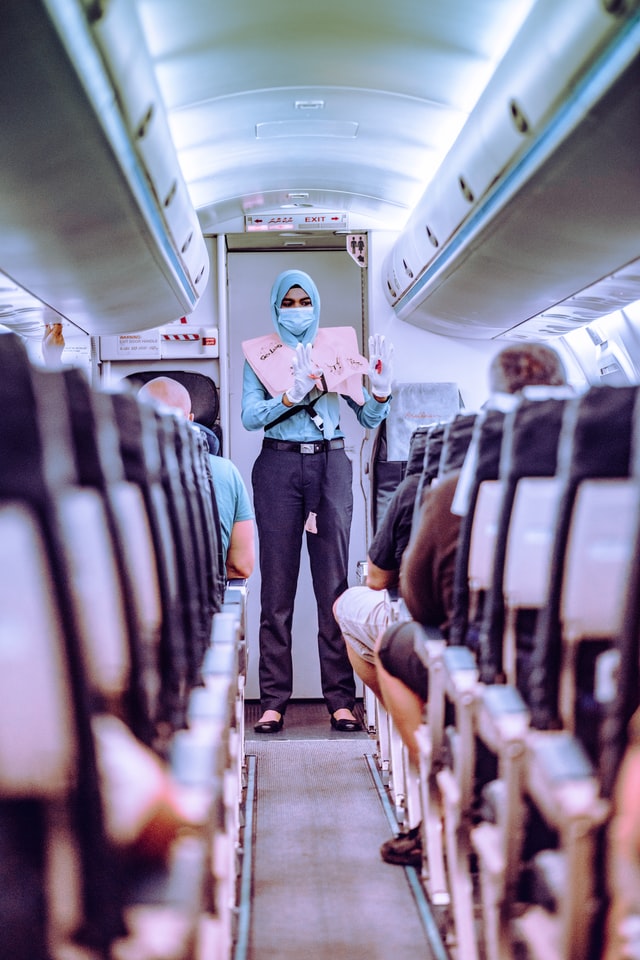
Following the guidelines provided by the airline and air host/hostess, you should maintain good hygiene and avoid any unnecessary contact with anything. Ask for help when needed, and inform the host/hostess if you feel uneasy.
Now that we have a basic understanding of the working of an airplane. Let’s check some of the most
Interesting facts about Airplanes
The first flight
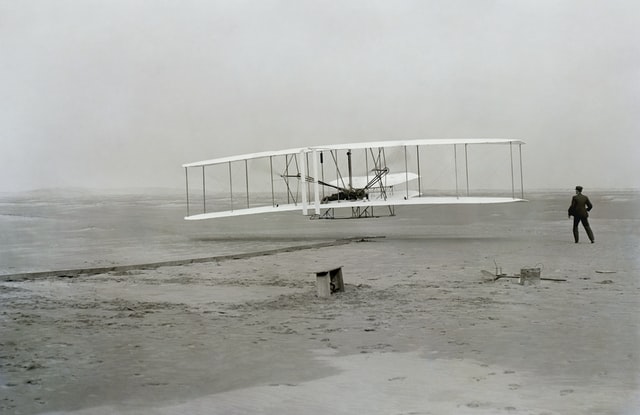
On December 17 1903, making a 12-second first flight, traveling 36 m (120 ft), with Orville piloting, the Wright brothers set the foundation of modern-day flights. Yes, you read that right. Even Coca Cola is older than the invention of airplanes.
The Wright brothers flew the first airplane paved the way for modern aviation, revolutionizing the way we travel and allowing people to witness the marvel of watching an airplane fly through the skies.
Also Read: 27 Famous Scientists for Kids
Wright Flyer
The airplane is referred to as “Wright Flyer” or “Kitty Hawk Flyer” because it was flown at Kitty Hawk of North Carolina.
Fastest plane
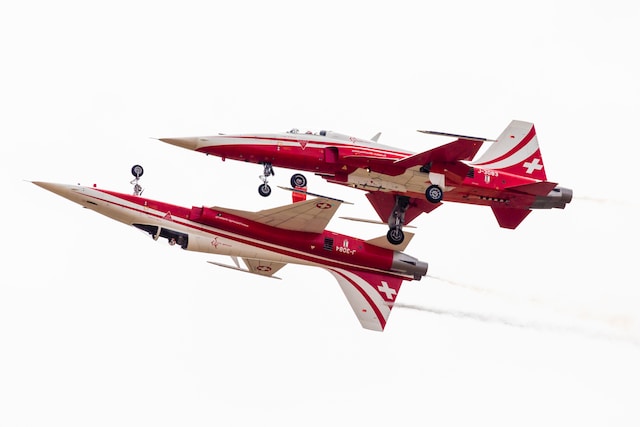
Attaining the speed of Mach 3.3 or three times the speed of sound Lockheed SR-71 Blackbird is the fastest jet aircraft globally. It can travel at a speed of about 3500 kph.
Oxygen capacity
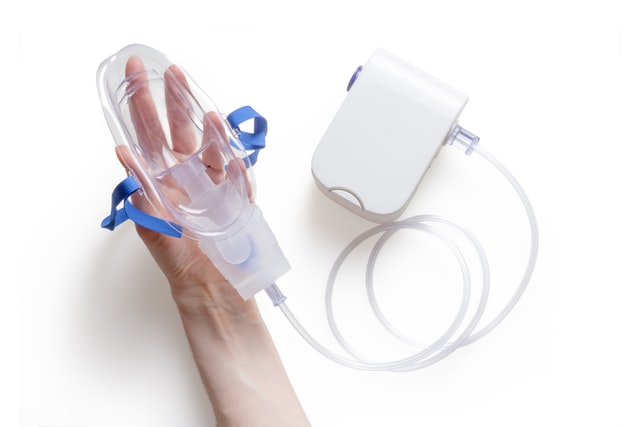
The oxygen in the airplane emergency masks lasts only for about 15 minutes. There is a delicate balance between safety, plane weight and flight speed. To keep all these factors in check, the emergency oxygen in the airplanes doesn’t last for the entire runtime of the plane.
Plane crash survival rate
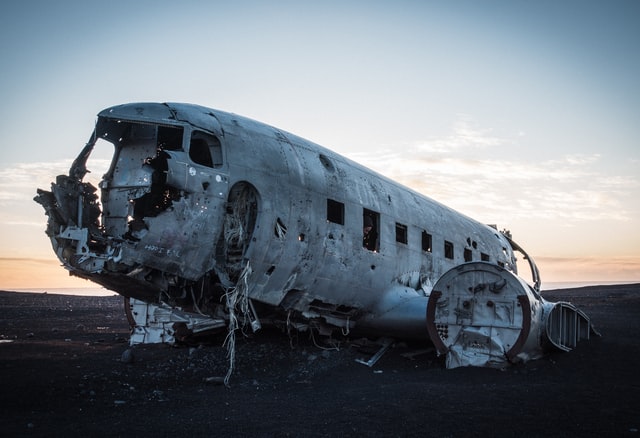
Nearly 95% of the people involved in a plane crash survive it. And according to research, the mortality chances of poisoning at work and by electrocution are higher than by a plane accident.
Also Read: Amelia Earhart Facts
Flight time is not the most unsafe period
According to research, the initial take-off and the final landing are two of the most critical periods of plane travel. Almost 80% of plane crashes happen in the first three minutes of take-off and the final 8 minutes of landing.
Saving thousands
The cost of the food and the number of travelers represent the fact that in 1987, American Airlines saved $40,000 by removing just one olive from each salad that they served first-class that year.
The first person to go supersonic
In 1947, Chuck Yeager became the first person to fly at a supersonic speed, i.e. the speed faster than the speed of sound.

More Airplane Facts
When an object travels faster than the speed of sound, it creates a sonic boom with a shockwave. This is why most commercial planes don’t fly near the speed of sound. And those who do, are not allowed to fly near a residential area. The last commercial passenger supersonic plane: Concorde, was also canceled due to the same reason.
Airplanes and senses
About 1/3rd of your taste buds can go numb during a flight. The reason is that the air up in the sky is so dry that it absorbs the moisture from your body. This is one of the prime reasons why airplane food tastes so bad.
The speed
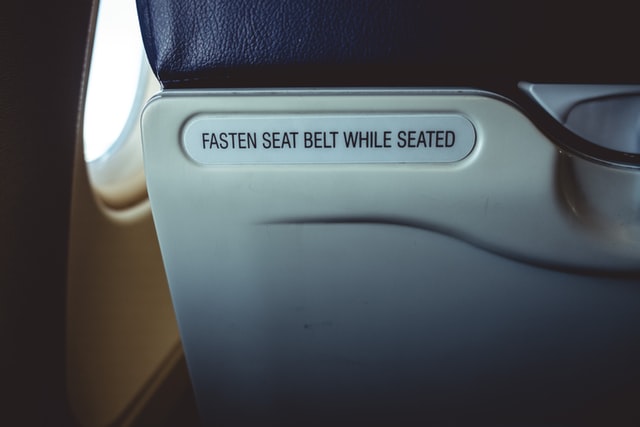
The average speed of a commercial aircraft is about 800 kilometers per hour. This means many airplanes fly faster than this speed.
Meal for the crew
Pilots and co-pilots must have different meals from one another. This is to ensure a smooth operation even in case of food poisoning to one of them. In such cases, the other will take responsibility for the plane and land it safely.
Lightning and airplanes
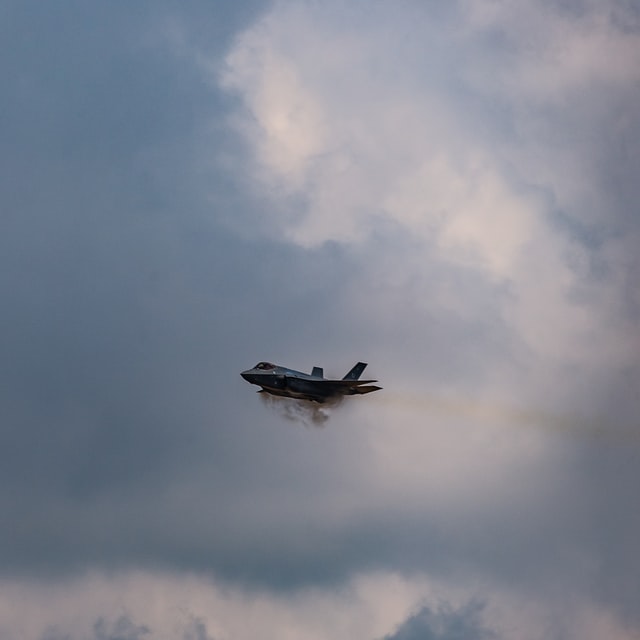
Airplanes have a long and healthy relationship with lightning attacks. Sometimes even the static electricity produced by an airplane traveling through clouds becomes the reason for a lightning strike.
Damage by lightning
Overall, lightning striking an airplane is not a rare sight, but anyone getting injured is extremely rare. The airplane’s body acts as a capsule in such conditions, and the electricity flows like there is no friction. A minor fire and some small damage can be seen in some cases.
The probability
The injury from lightning in the air is so rare that you’re more likely to get badly injured by a lightning strike on the ground than in an airplane.
Autopilot mode
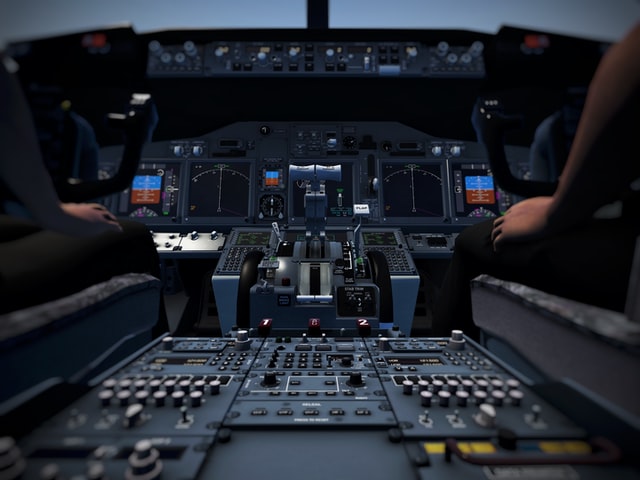
Pilots usually fly the plane only during the initial take-off and the final landing. During this time, usually, most airplanes are in autopilot mode, when the computer handles most of the operations.
Wiring
On average, a Boeing 747 aircraft holds about 150 miles or 240 kilometers of wirework in the body. The wires are of varying lengths though.
One engine flight
The airplane can fly through the clouds with ease, thanks to its powerful engines and aerodynamic design. While most airplanes have two engines, almost all of them are designed in a way that they can safely fly for some time with one engine only before landing. This, of course, makes the remaining engine run less efficiently. But it serves as a security feature that everyone would appreciate.
Plane trails
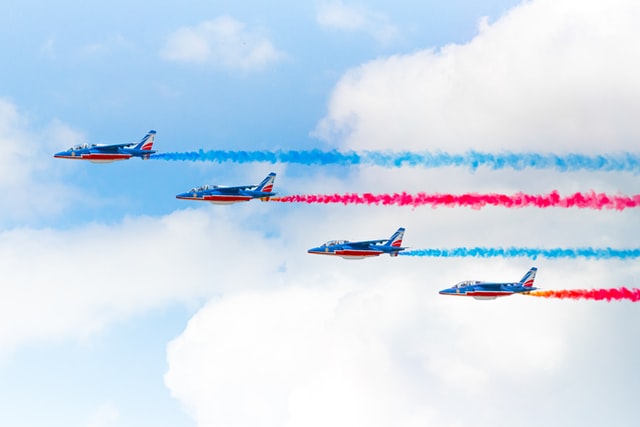
The trails that the airplane leaves behind are the result of the condensation reaction. The plane fuel expels out the excess moisture or vapor. A cooler outer atmosphere creates those lovely lines in the sky when met with a cooler outer atmosphere.
Also Read: What Causes Rain?
Ending with a security tip
The seats at the back of an airplane are proven to be the safest to beat. And surprisingly, the middle part was the least safe area in a plane. The front is slightly safer.
